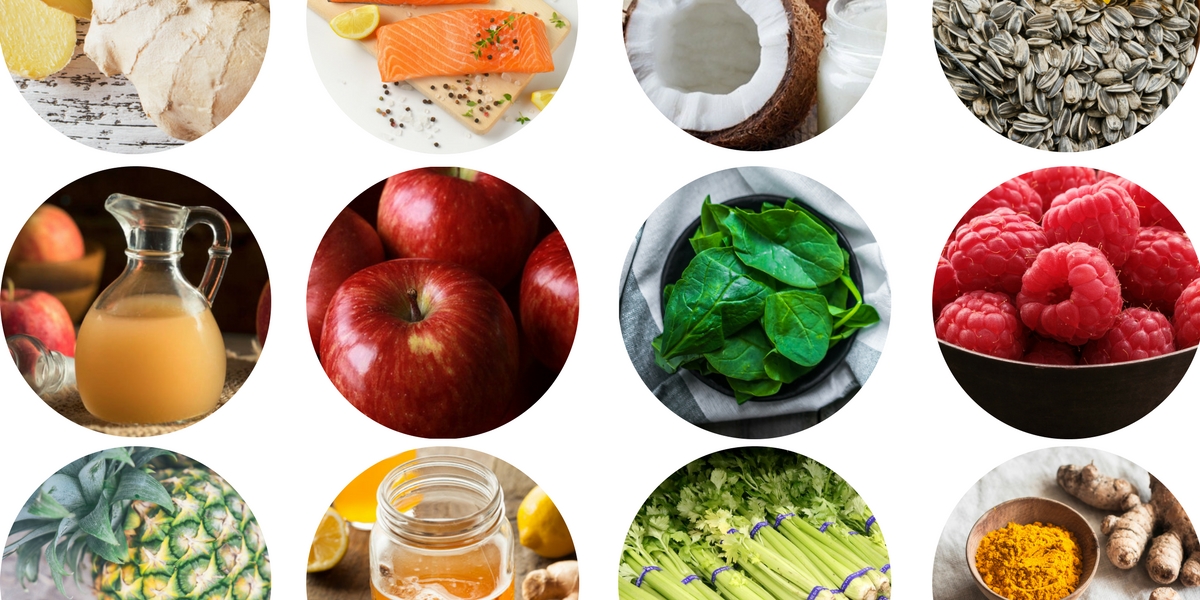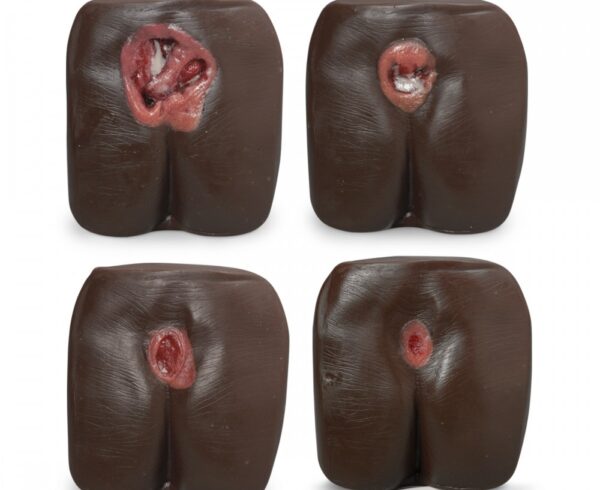GUIDE ON PRESSURE ULCER
Key Factors to Prevent
Key Factors to Prevent
Skin Care
Inspect Skin Daily. Pay special attention to any reddened areas that remains after you have changed positions and the pressure has been relieved. A mirror can help when looking at hard-to-see areas. Pay special attention to pressure points
Prevent Dry Skin
Use creams or oils on your skin , do not rub the skin
Minimize/Control Moisture
Control moisture from urine or stool, perspiration, or wound drainage.
Often urine leaks can be treated. Pads or briefs that absorb urine and have a quick drying surface that keeps moisture away from the skin should be used.
A cream or ointment to protect skin
No-sting barrier film should be applied on skin to avoid moisture irritation to direct to skin
Keep Clean
Your skin should be cleaned as soon as it is soiled. A soft cloth or sponge should be used to reduce injury to skin. Take a bath when needed for comfort or cleanliness.
Minimize/Control Moisture
Control moisture from urine or stool, perspiration, or wound drainage.
Often urine leaks can be treated. Pads or briefs that absorb urine and have a quick drying surface that keeps moisture away from the skin should be used.
A cream or ointment to protect skin
No-sting barrier film should be applied on skin to avoid moisture irritation to direct to skin
Protect your skin from injury
Avoid massage of your skin over bony parts of the body.
Massage may squeeze and damage the tissue under the skin and make you more likely to get pressure ulcers.
Limit pressure over bony parts by changing positions or having your caregiver change your position.
If you are in bed, your position should be changed at least every 2 hours.
If you are in a chair, your position should be changed at least every hour.
Reduce Friction
Friction (rubbing) by making sure you are lifted, rather than dragged, during re-positioning. Friction can rub off the top layer of skin and damage blood vessels under the skin. If nurses or others are helping to lift you, bed sheets or lifters can be used.
Avoid use of donut-shape (ring) cushions. Donut-shape cushions can increase your risk of getting a pressure ulcer by reducing blood flow an causing tissue to swell
If you are confined to bed:
A special mattress that contains foam, air, gel to prevent pressure ulcers.
Talk to your health care provider about the best mattress for you
If you are in a chair or wheelchair:
Foam, gel, or air cushions should be used to relieve pressure
Good posture and comfort are important
Avoid sitting without moving or being moved.
Eat well
Eat a balanced diet. Protein and calories are very important. Healthy skin is less likely to be damaged.
If you are unable to eat a normal diet, talk to your health care provider about nutritional supplements that may be desirable.




Ask a Question?